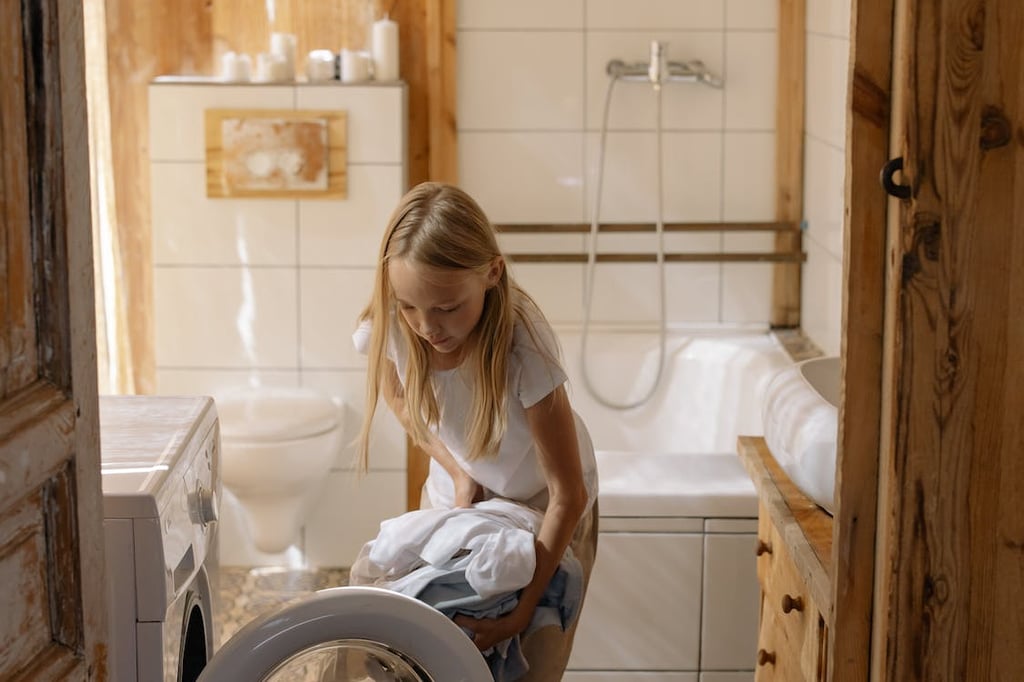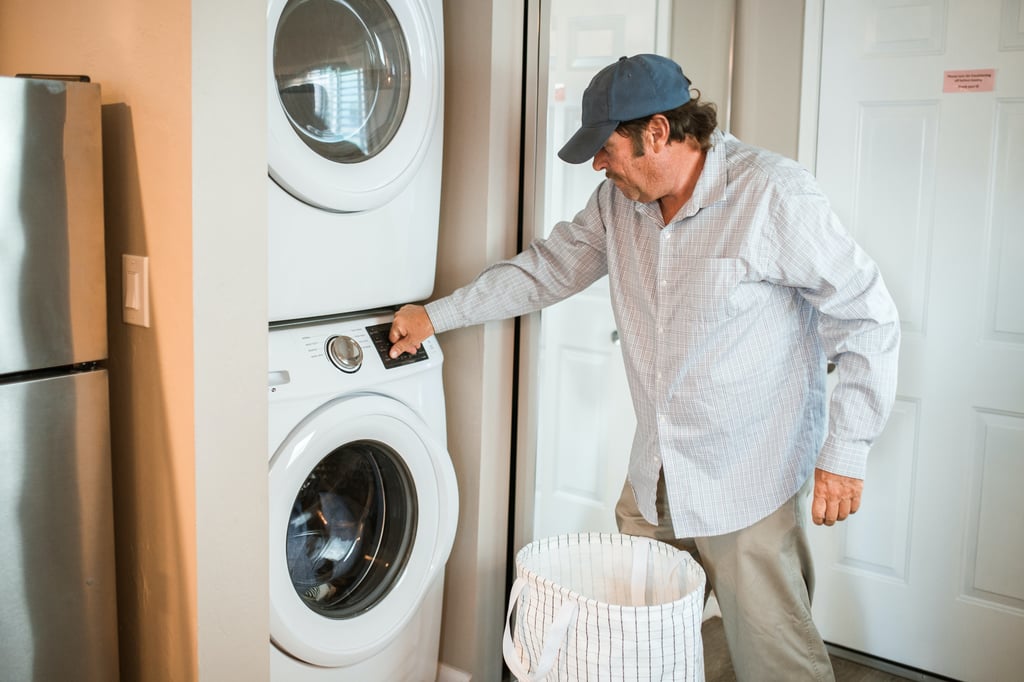Understanding the Basics of Running the Washing Machine Drain Outside
When it comes to installing or relocating a washing machine, you may find yourself in a situation where you need to run the washing machine drain outside. This can be necessary for various reasons, such as limited indoor space or plumbing constraints. In this article, we will guide you through the process of running the washing machine drain outside, ensuring proper functionality and avoiding any potential issues.
Gather the Necessary Supplies
Before you start running the washing machine drain outside, it is essential to gather all the necessary supplies. Here is a list of items you will need:
- PVC pipes
- PVC fittings
- PVC glue
- Drainage gravel
- Shovel
- Plastic sheeting
- Tape measure
- Hacksaw
- Level
- Plumber's tape
- Waterproof sealant
Choosing the Right Location for the Washing Machine Drain
Before starting the installation process, it is crucial to choose the right location for the washing machine drain outside. Consider the following factors:
- Proximity to the washing machine: The drain should be located as close as possible to the washing machine to minimize the length of the drain pipe.
- Accessibility: Ensure that the drain is easily accessible for maintenance and repairs.
- Slope: The drain pipe should have a slight slope to allow proper drainage. Aim for a slope of 1/4 inch per foot.
- Distance from windows and doors: Place the drain away from windows and doors to avoid any potential water damage.
Installing the Washing Machine Drain Outside
Now that you have gathered the necessary supplies and chosen the location, it's time to install the washing machine drain outside. Follow these steps:
Step 1: Dig a Trench
Start by digging a trench from the washing machine to the chosen location for the drain. The trench should be deep enough to accommodate the drain pipe and provide proper slope.
Step 2: Lay the Drain Pipe
Place the drain pipe in the trench, ensuring it follows the desired slope. Use a level to check the slope periodically.
Step 3: Connect the Pipes
Connect the PVC pipes and fittings using PVC glue. Make sure the connections are secure and watertight. Use plumber's tape on threaded connections to prevent leaks.
Step 4: Cover the Drain Pipe
Once the drain pipe is securely connected, cover it with drainage gravel. This will provide stability and prevent soil from entering the pipe.
Step 5: Test the Drainage System
After completing the installation, test the drainage system by running water through the washing machine. Check for any leaks or drainage issues. Make any necessary adjustments or repairs.
Maintaining the Washing Machine Drain Outside
Proper maintenance of the washing machine drain outside is essential to ensure its longevity and functionality. Here are some maintenance tips:
Regular Inspection
Periodically inspect the drain pipe for any signs of damage or blockage. Clear any debris or obstructions that may affect the drainage.
Prevent Freezing
If you live in an area with cold winters, take measures to prevent the drain pipe from freezing. Insulate the pipe or use heat tape to keep it warm during freezing temperatures.
Monitor Water Pressure
Keep an eye on the water pressure of your washing machine. Excessive water pressure can cause stress on the drain pipe, leading to leaks or bursts. Consider installing a pressure regulator if needed.
Check Seals and Connections
Regularly inspect the seals and connections of the drain pipe. Replace any damaged seals and tighten loose connections to prevent leaks.
Conclusion
Running a washing machine drain outside requires careful planning and proper installation. By following the steps outlined in this article, you can ensure a functional and efficient drainage system for your washing machine. Remember to choose the right location, gather the necessary supplies, and perform regular maintenance to keep the drain in optimal condition.
Relative Articles
-
Washing Machine Hacks: No More Tangled Clothes
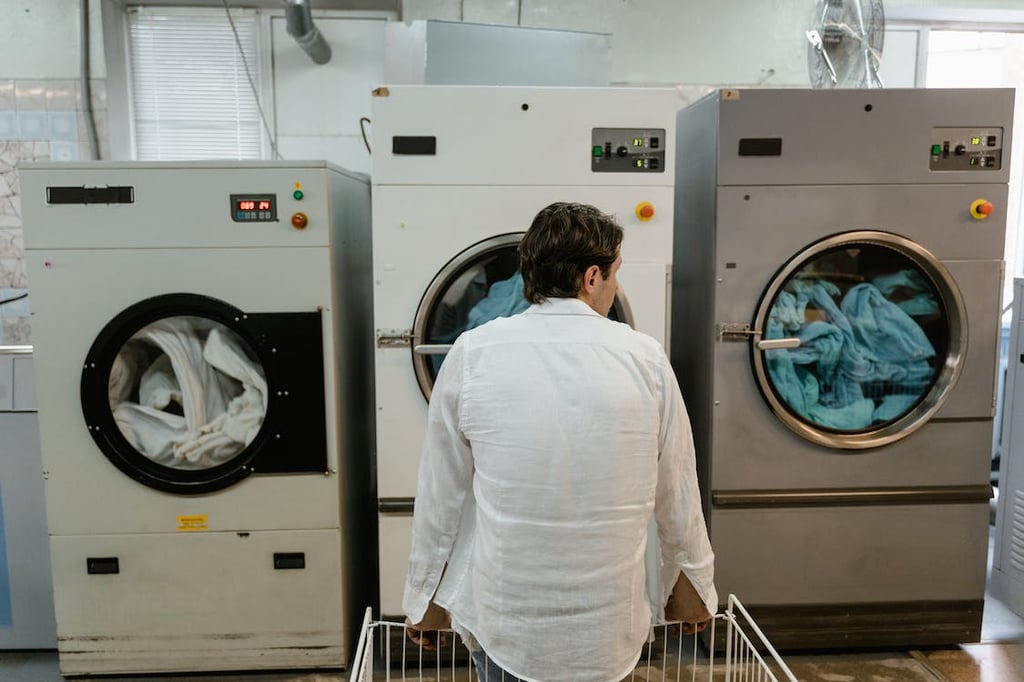
-
How to Clean a GE Deep Fill Washing Machine
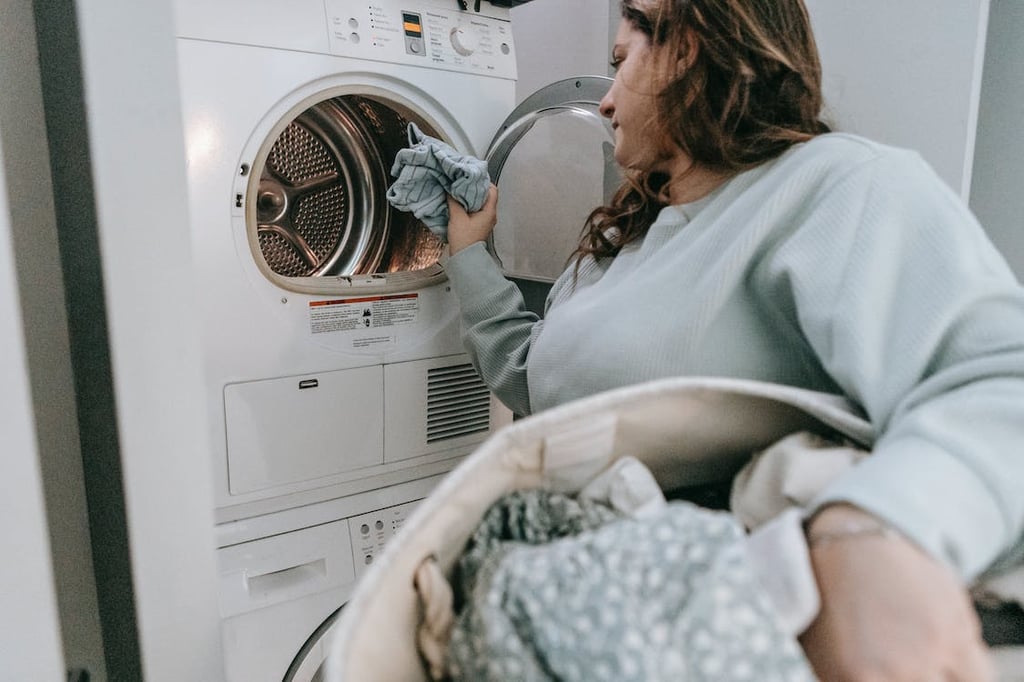
-
How to Clean a Public Washing Machine Before Use
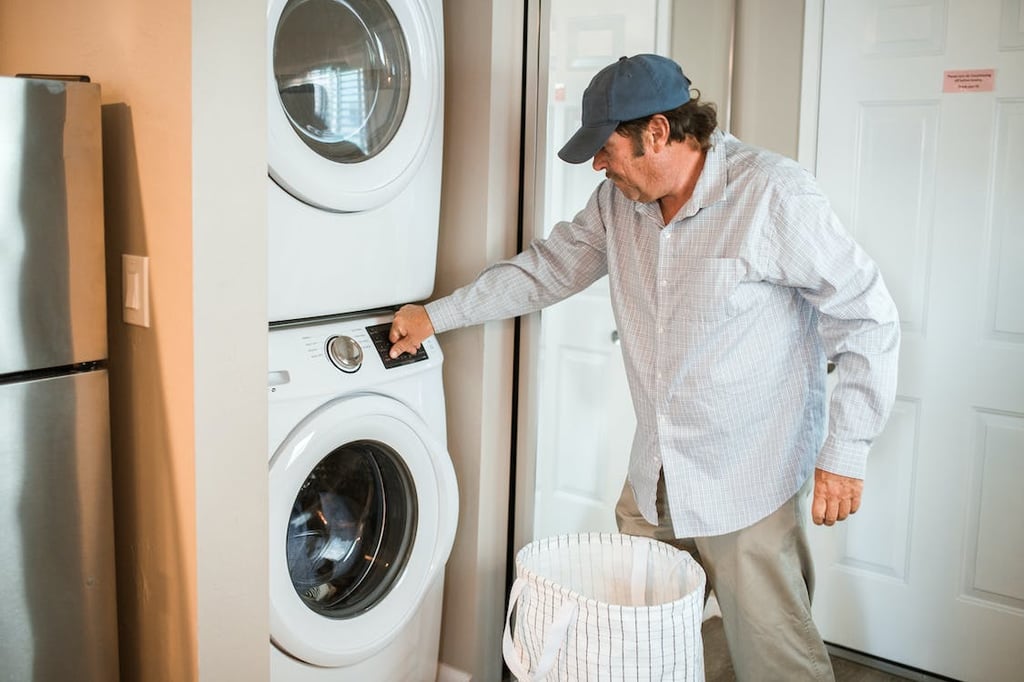
-
What is the Drum of a Washing Machine?

-
How to Keep Washing Machine from Freezing in Garage

-
How Many Amps Do Washing Machines Use?
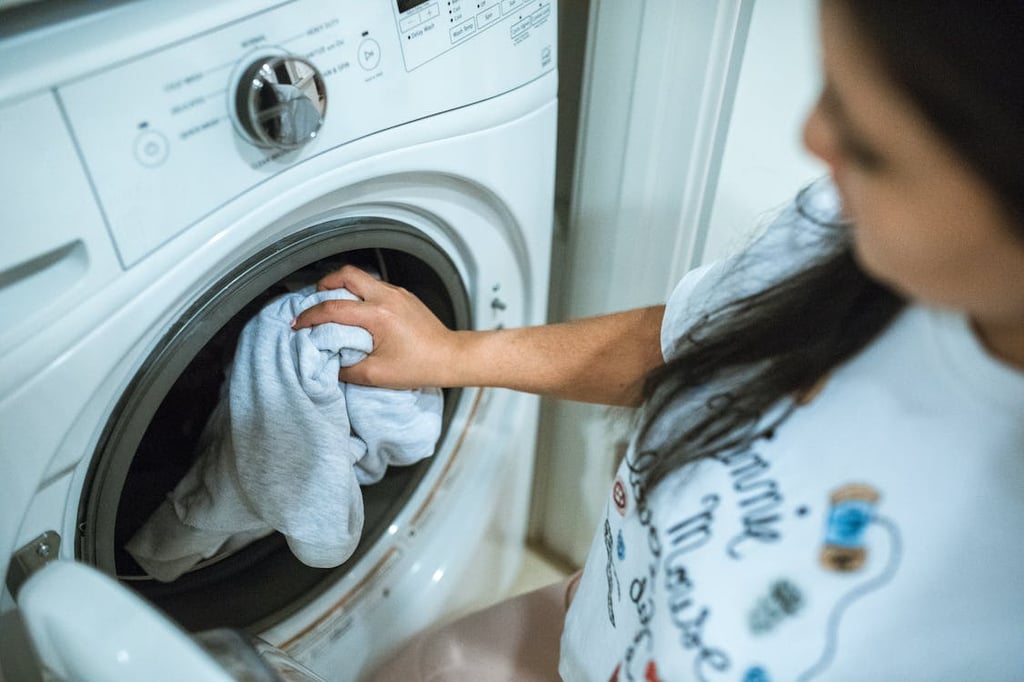
-
How to Tell If Your Washing Machine Control Board Is Bad

-
Can You Lay a Washing Machine on Its Side?


